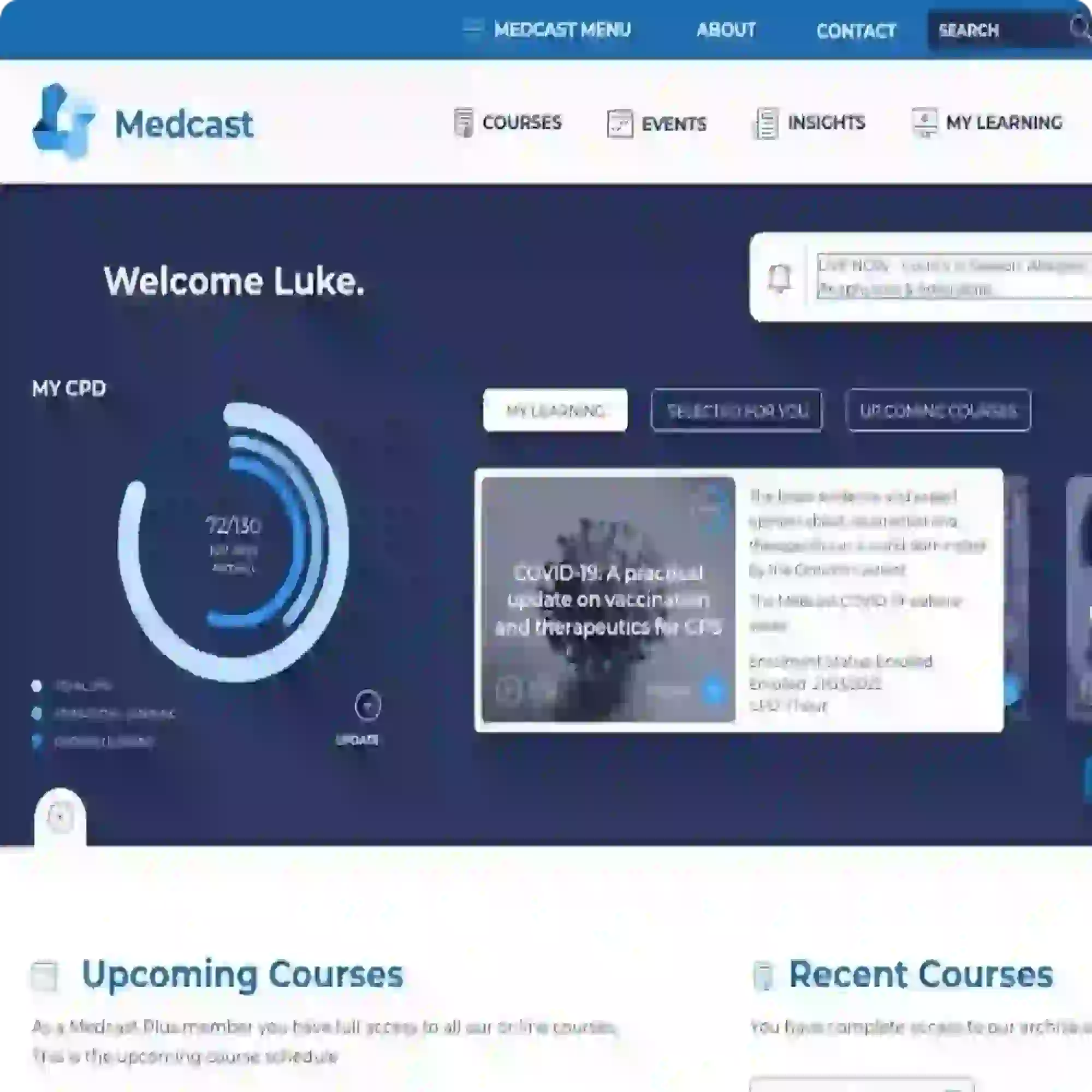Developing Clinical Reasoning to Tackle the KFP
As a GP, we are undertaking clinical reasoning with nearly every patient. It is most often automatic. However, in preparation for the KFP exam, it can be helpful to deconstruct the clinical reasoning process. The ultimate goal, however, is to make us better clinicians, not just to pass the exam!
A definition of clinical reasoning includes an ability to integrate and apply knowledge, to weigh evidence, critically think about arguments and to reflect upon the process used to arrive at a diagnosis. We learn this at the bedside of our consultants and supervisors. It implies that we have a good knowledge of
Dual Process Theory
It is important to know about Dual Process Theory when we are talking about Clinical Reasoning. As medical students, we are taught Type 2 thinking – this is a slow, methodical, logical process driven type of thinking, where we are taught to take a history from the patient, formulate differential diagnoses, and rule those differentials in or out by further history, physical examination and investigations. Type 1 thinking is intuitive, fast, automatic and experiential. This is developed as you become more experienced.
A good clinical thinker routinely approaches a clinical presentation by using a combination of Type 1 and Type 2 thinking. The nonanalytic approach is more common, accounting for 80% of clinical reasoning and is based on pattern (or illness script) recognition(2).
Preparing for the KFP
When preparing for the KFP, be aware of which type of thinking you are using. It is important to see as many patients as possible in the lead up to the
Any history questions, physical examination
There are several good resources to help improve your clinical reasoning.
- Being aware of Diagnostic error is important. This article on Life in the Fastlane is helpful.
- IM Reasoning Podcast is helpful, particularly the “Stump the Chumps” Episodes. If you do a lot of driving or walking, these podcasts are invaluable. Can be downloaded from App store, or found at IM Reasoning
- An AFP article on learning Clinical Reasoning
- The Society to Improve Diagnosis in Medicine has a website, which has a Clinical Reasoning Toolkit, with several resources. If you are interested in reading more about this area, I suggest that you look at this.
Medcast Exam Preparation Courses
Did you know that Medcast now offers an intensive 15-week exam preparation course? Our Boot Camp is an interactive small group course where you will be mentored by highly experienced medical educators, get feedback on your performance, review exam questions and ideal answers, and discuss strategies and exam technique. Click here to find out more.

Allison is a GP with over 20 years experience. She is a Medical Educator (ME) for a GP Training Provider and has been an OSCE examiner with the RACGP since 2010. Allison is one of the expert MEs that co-facilitate the Medcast exam preparation courses.
Become a member and get unlimited access to 100s of hours of premium education.
Learn moreIn our day-to-day work as a GP, we undertake clinical reasoning with nearly every patient, mostly subconsciously. However, in preparation for the KFP exam, it can be helpful to deconstruct the clinical reasoning process. Hence this blog!
This Hot Topics Keep it Simple Summary is a guide to evidence based medicine in 2020, straight from our UK partners, NB Medical.
“That was a disaster. I ran out of time. I didn’t answer the question. I definitely failed that case”. As a Medical educator I’ve heard it a thousand times, and you’ve probably found yourself saying or thinking it.
